In the late 19th century and early 20th century, almost 1.5 million Swedes emigrated to North America, fleeing poverty, religious persecution or just moving in search of adventure or to boost their economic prospects.
Many of them left from Gothenburg Harbour. Pictured here is the steam boat S/S Stockholm, who made her maiden journey from Gothenburg to New York on December 11th, 1915. The records do not show exactly when this picture was taken, but according to the caption it is from the first half of the 20th century.
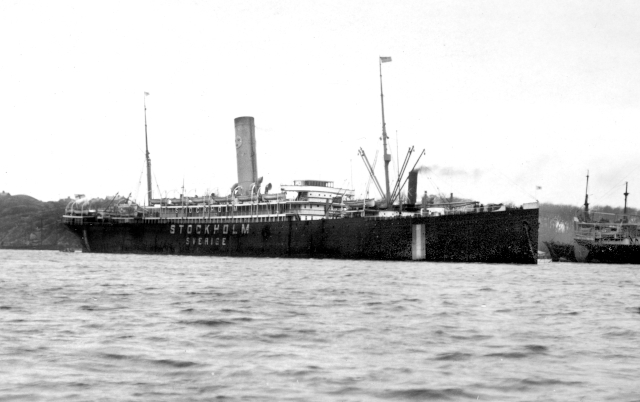
Photo: Unknown/TT
Speaking of Gothenburg Harbour, here it is in 1924. Today, it is Scandinavia's biggest port with more than 40 million tonnes of freight goods and 1.7 million passengers passing through every year.
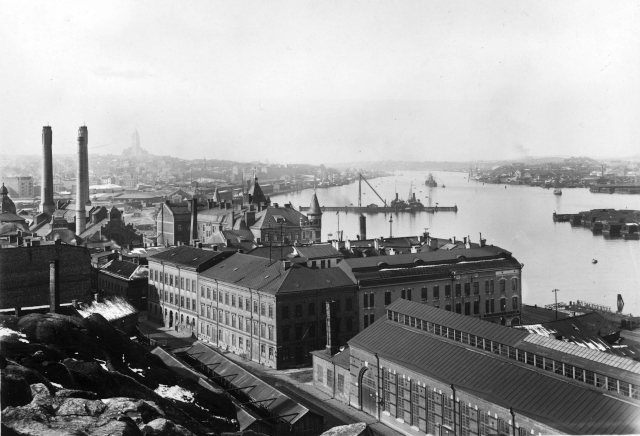
Photo: Pressens Bild/TT
You can, of course, not talk about Gothenburg without mentioning Volvo, the Swedish car brand that has dominated the city for the past century. Here's the first serially produced Volvo rolling off the production line at the factory on Hisingen in 1927. It cost 4,800 kronor and could reach speeds of up to 90 km/h.

Photo: Pressens Bild/TT
Football has also always been a big part of Gothenburg life. This picture shows Swedish and Norwegian supporters queuing up to a hot dog stand after a friendly in 1951. Norway won 4-3.

Photo: Svensson/NTB/Scanpix
Gothenburg has a long history as an industry town. In 1907, engineer and inventor Sven Gustaf Wingqvist invented the multi-row self-aligning radial ball bearing, which revolutionised the ball bearing industry. He founded SKF, which remains the world's leading ball bearing manufacturer.
Interestingly, Swedish car maker Volvo was actually originally founded as a subsidiary of SKF in the 1920s. SKF sold its shares in the 1930s when Volvo was introduced on the Stockholm Stock Exchange.
The picture below was taken at SKF's factory in Gothenburg in 1965.
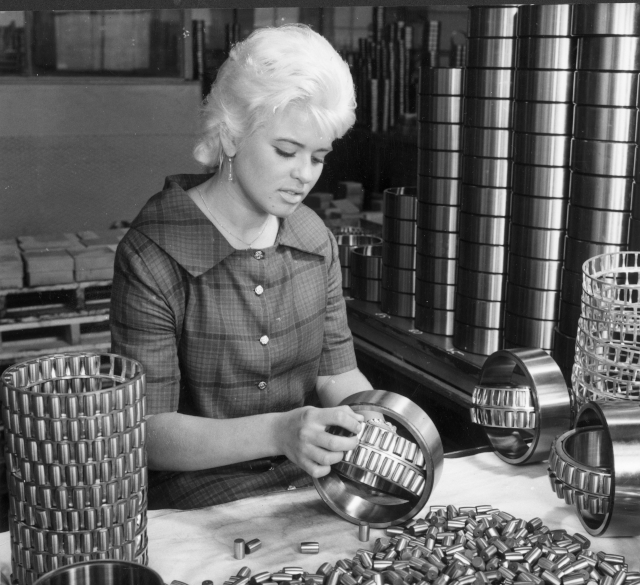
Photo: Pressens Bild/TT
This is a picture of the Postgatan street in the Kronhuset area of central Gothenburg in 1928. It is one of the oldest streets in Gothenburg and used to be called Heringsgatan ("herring street" from the German Hering) and later Sillgatan (from the Swedish word for herring, sill). But there was concern that the name could give people the wrong association with smelly fish, and in 1895 residents petitioned for a name change.

Photo: Swedish National Heritage Board/Flickr
Here's Arkaden (The Arcade), a famous shopping centre in Gothenburg, which was designed by German architect Franz Louis Enders in 1899. This picture is from 1901. Arkaden was home to two of Gothenburg's first three cinemas, but in the 1970s it was torn down and replaced (this is what Arkaden looks like today).
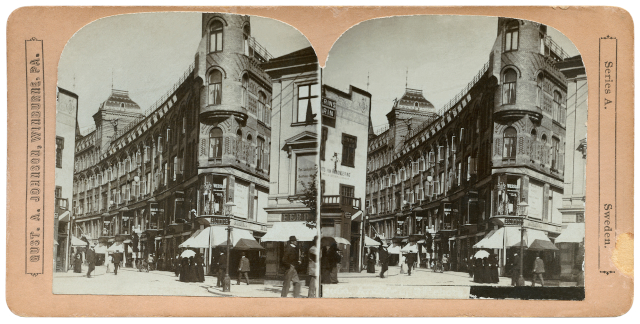
Photo: Gustav Adolph Johnson/Swedish National Heritage Board/Flickr
Gothenburg's iconic trams have been a feature of the city since 1879 (then run by horses and electrified in 1902). Today, it is the largest tram network in Scandinavia, but here's what it looked like in 1948.

Photo: Fredrik Bruno/Swedish National Heritage Board/Flickr
No visit to Gothenburg is complete without a visit to the amusement park Liseberg. This is as true now as it was when the picture below was taken in 1943. The park was originally intended as a temporary instalment for the Gothenburg Tercentennial Jubilee Exposition, a world fair held in 1923 to mark the city's 300th anniversary, but quickly grew so popular that it became a permanent feature.
Why is it called Liseberg?
This is because landowner Johan Anders Lamberg named the area where it was later built after his wife Elisabeth in 1752 – he called his property Lisas berg, which means Lisa's mountain in Swedish.

Photo: Fredrik Bruno/Swedish National Heritage Board/Flickr
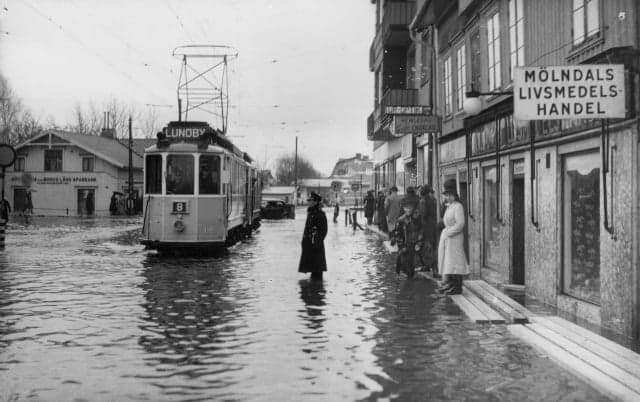
Join the conversation in our comments section below. Share your own views and experience and if you have a question or suggestion for our journalists then email us at [email protected].
Please keep comments civil, constructive and on topic – and make sure to read our terms of use before getting involved.
Please log in here to leave a comment.